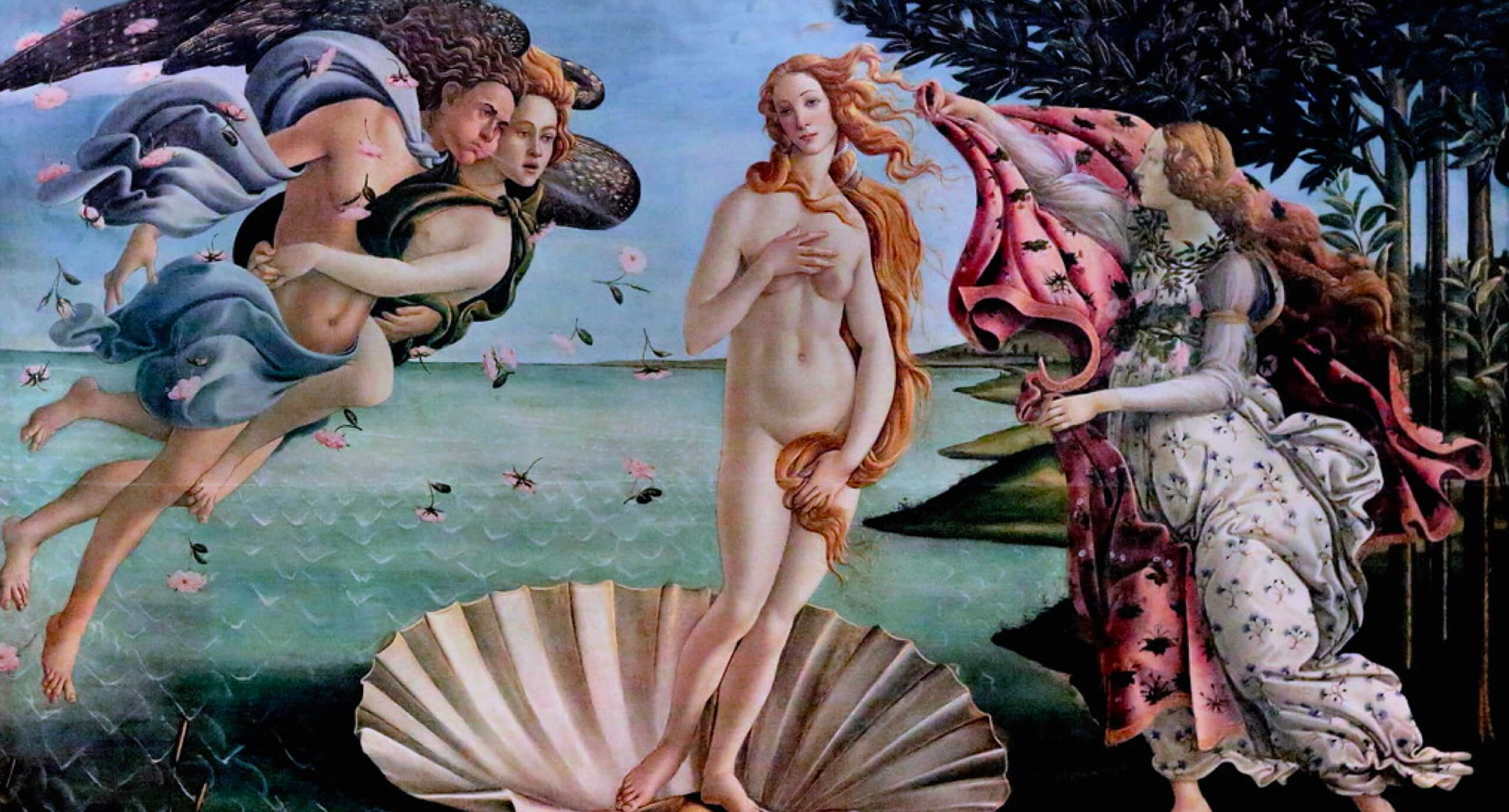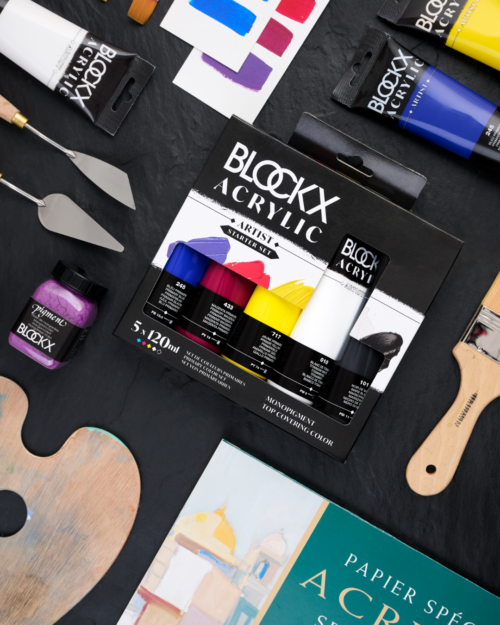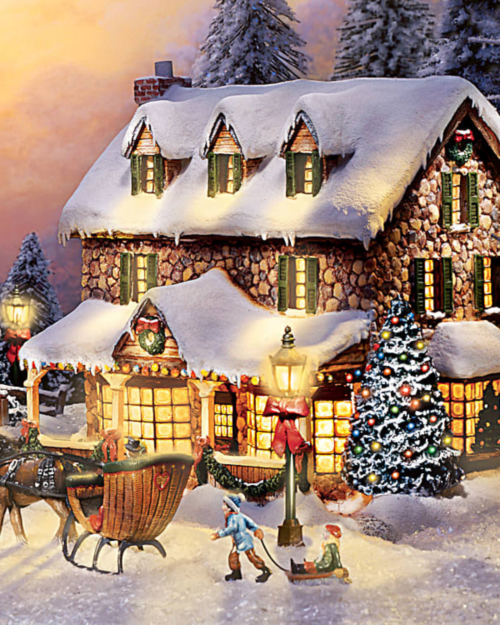Women artists throughout history
The contributions of women in the field of painting have long been neglected in the history of art, despite their significant presence and impact from the earliest times. This article aims to shed light on the role and achievements of these women artists throughout history, highlighting their perseverance in the face of challenges and their ability to break down barriers in a field dominated by men.
Antiquity and the Middle Ages: the precursors
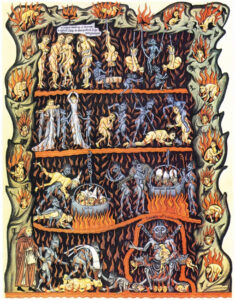
In Antiquity and the Middle Ages, women artists were relatively rare, largely because of social and educational restrictions. However, some did manage to make their mark. For example, frescoes and works of decorative art from Roman and Egyptian antiquity include contributions by women, albeit often anonymously. In the Middle Ages, artists such as Herrad de Landsberg, author of the “Hortus deliciarum”, left their mark through didactic and religious works.
The Renaissance: emergence and recognition
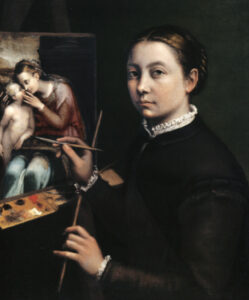
The Renaissance marked a period when interest in the arts and culture reached new heights in Europe. Women such as Sofonisba Anguissola and Lavinia Fontana began to gain recognition for their work. Anguissola, in particular, is famous for her intimate portraits that capture the essence of her subjects with emotional precision, while Fontana is recognised for her important contributions to portrait and religious painting. Their success, though remarkable, remains an exception in the context of their time.
The 17th to the 19th centuries: struggles and triumphs
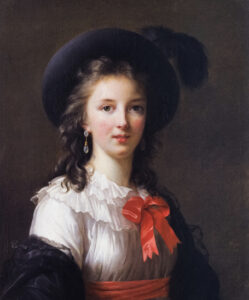
During this period, women artists such as Artemisia Gentileschi and Élisabeth Vigée Le Brun overcame considerable obstacles to make a name for themselves. Gentileschi, a 17th-century Baroque artist, is famous for her powerful and emotional works, often inspired by her own life and the challenges she faced. Vigée Le Brun, active in the late eighteenth century, became one of the most sought-after portrait painters of her time, best known for her portraits of Marie-Antoinette.
The 20th century and beyond: Towards progressive equality
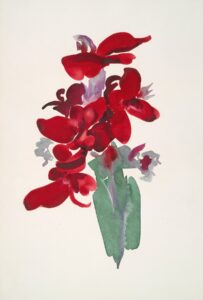
The twentieth century saw the emergence of many women artists who not only excelled in painting but also helped redefine art itself. Frida Kahlo, Georgia O’Keeffe and Tamara de Lempicka are just a few examples of women who broke with convention and brought new perspectives to art. Kahlo is celebrated for her intense and symbolic self-portraits, O’Keeffe for her large flowers and abstract landscapes, and de Lempicka for her Art Deco works.
Women artists have long struggled for recognition and equality in the field of painting. Their perseverance and undeniable talent have slowly but surely helped to change this. Today, although challenges remain, women’s art is more visible and celebrated than ever. By fully integrating women’s contributions, the history of art becomes a richer and more complete narrative of human creativity.
